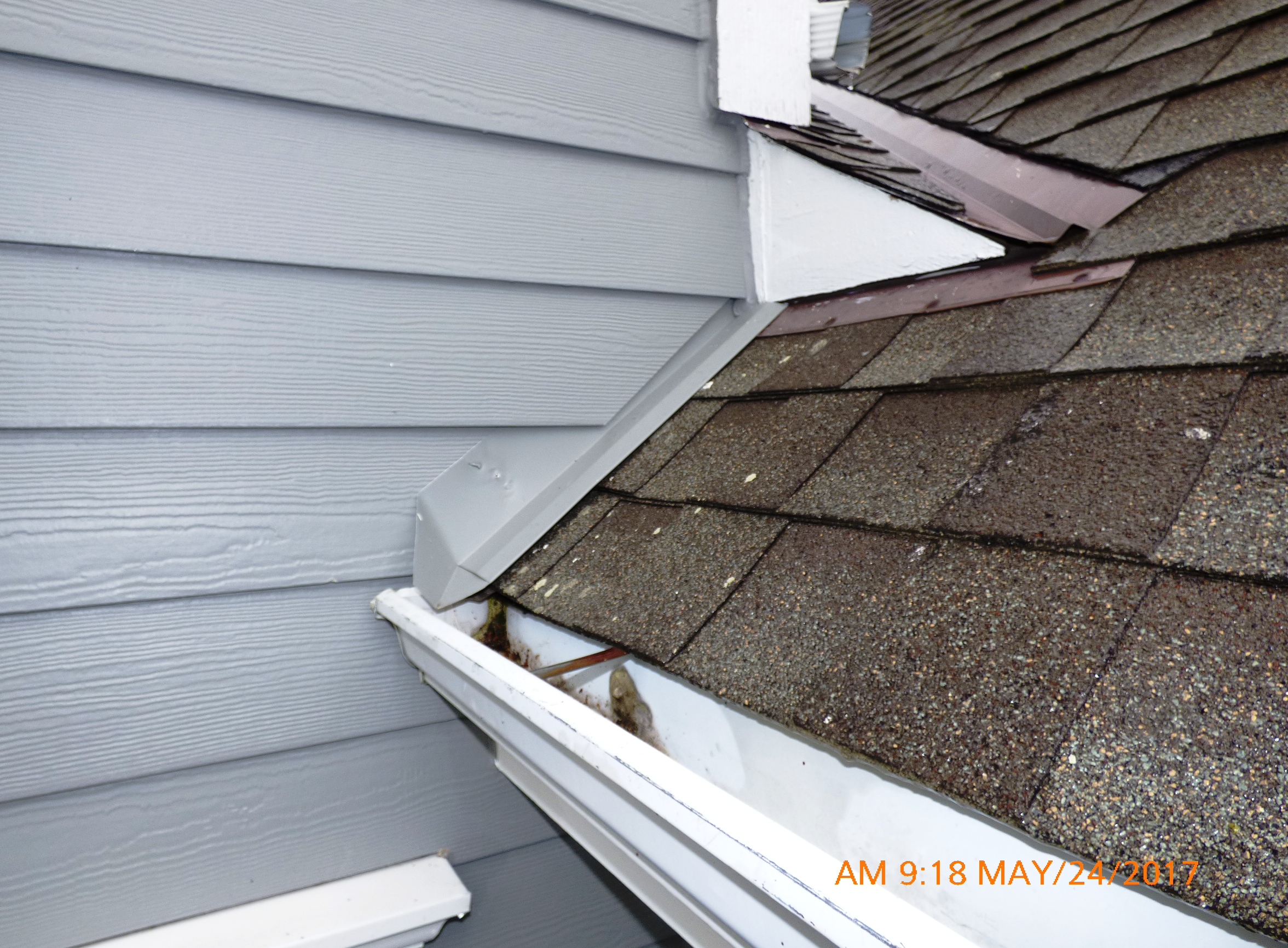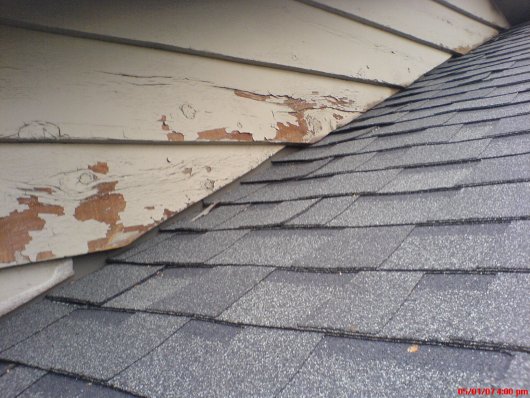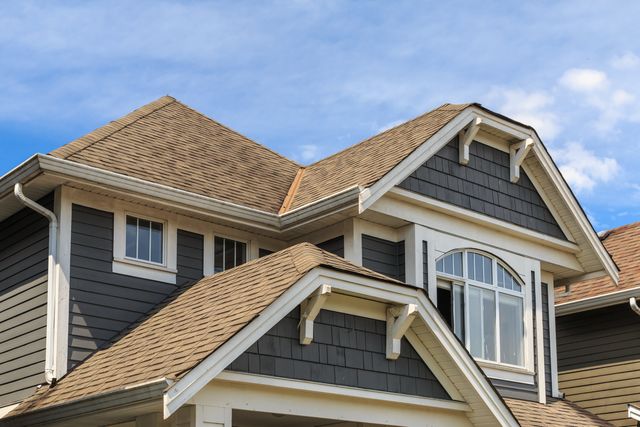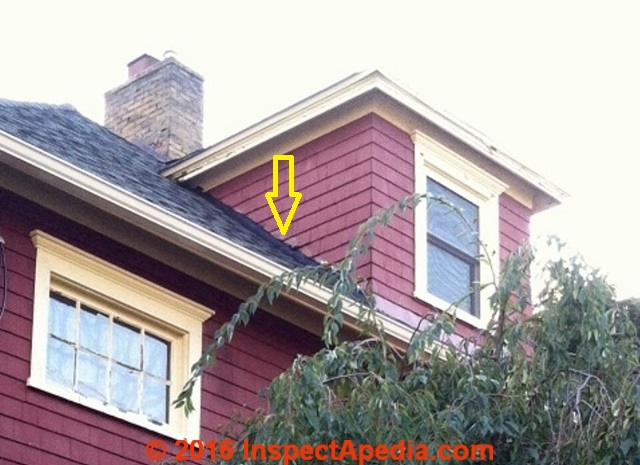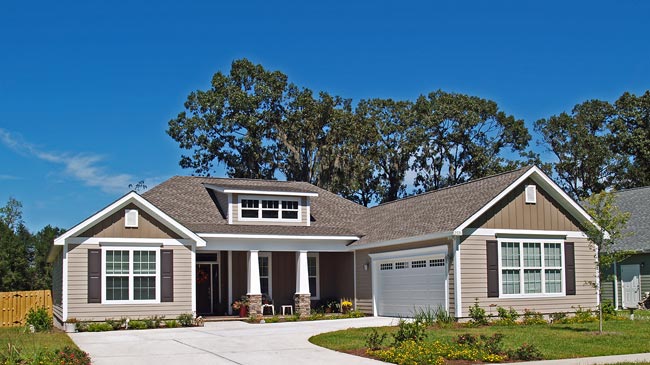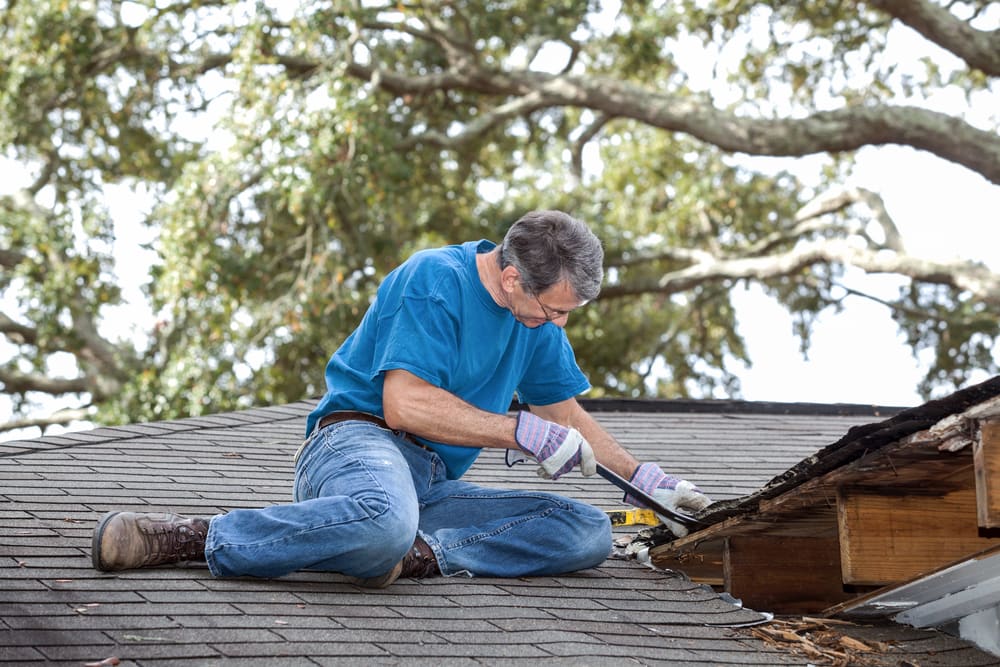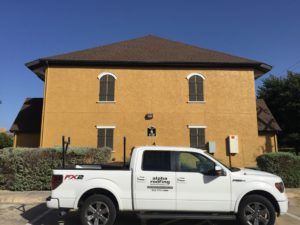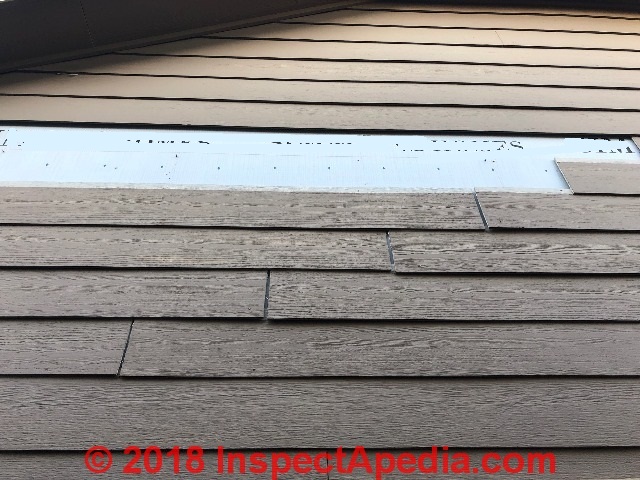How Much Flashing Must Be Behind Cement Siding And Roof

A 5 inch wide flashing will result in a 2 1 2 roof deck flange and 2 1 2 vertical wall flange.
How much flashing must be behind cement siding and roof. If metal the flashing should be made of galvanized steel at least 0 019 inches thick irc 2015. The solution to rotting sidewalls is a small piece of bent metal called a kickout flashing at roofing suppliers which simply directs all that water away from the wall. Further your step flashing pieces need to be 10 inches 254 mm long and at least 2 inches 50 mm wider than the exposure of the shingle you re using. Flashing is a strip of metal usually aluminum about 8 inches long and bent at 90 degrees with each side at least 5 inches wide.
Typically 10 by 8 inch 253 mm x 203 mm flashing is chosen. It requires no nails. For example 3 tab shingles usually have a 5 5 8 inch 143 mm exposure. Depending on the reveal of your siding the flashing length will be inch less than the reveal.
The part of the house that it is attached to is wood lap siding. We only caulk butt joints on cedar siding if previously caulked. The recommended width of step flashings will vary depending on the agency entity being referenced. Natural siding boards are designed to expand and contract with the elements and we do not want any adhesive to prevent their natural movement.
Fiber cement boards are caulked only when there is no metal flashing behind them. With the flashing in place let s see what happens. The water runs down the siding and at the bottom of the first row of vinyl siding it drips off and contacts the metal flashing as it runs across the top of the fascia board. Flashing a wood framed chimney is like flashing a dormer except there s no roof behind it to direct uphill water away without protection water can leak into the joint and rot your walls.
The water then runs off the flashing because it can t go up the flashing as it extends up behind the siding. I had a contractor build a shed roof on the back side of my carport that extended over and attached to the house. The following series of pictures will detail how to make a simple flashing that can be slid up behind the joint. Even if the roof has been properly flashed against the sidewall this one hasn t water can still run down the side of the house and behind the siding causing rot.
I m afraid that with time that rain is going to find its way between the roof and the wall and. On a wall to be covered with wood cement board vinyl or metal.

